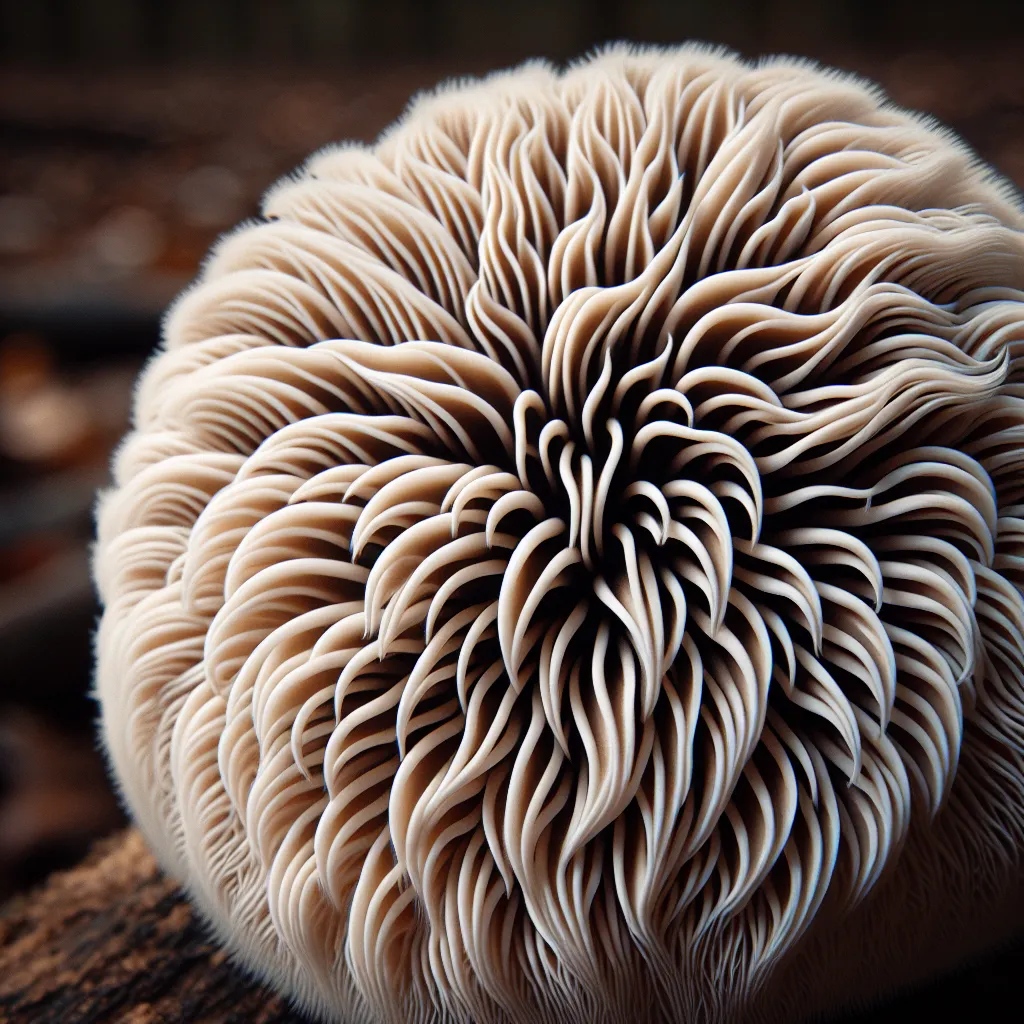The Lion’s Mane Mushroom (Hericium erinaceus) has garnered attention for its unique appearance and potential health benefits. Often found growing on the trunks of dead hardwood trees like oak, it boasts a long history in East Asian medicine. Its uses range from potentially improving nerve function to protecting the stomach lining, but what does the scientific evidence say?
Uses and Effectiveness
Despite its reputation and long historical usage in traditional Chinese medicine as a treatment for various conditions, including Alzheimer’s disease, dementia, and stomach problems, the scientific community is still in the early stages of understanding the full potential and effectiveness of Lion’s Mane Mushroom. Research has hinted at its ability to stimulate nerve development and provide neuroprotective effects, which has led to recent studies on its potential application for people suffering from reduced mental function that comes with age. Some studies have shown promise in the mushroom’s ability to improve cognitive function and offer relief from anxiety and depression in younger and older patients alike.
One study published in the International Journal of Medicinal Mushrooms reported that an aqueous extract of Lion’s Mane could accelerate wound healing in rats. Another study in the Journal of Agricultural and Food Chemistry suggested that extracts from the mushroom could inhibit the metastasis of cancer cells. These findings are promising and underscore the need for more comprehensive research to fully understand the therapeutic potential of Lion’s Mane Mushroom.

Side Effects and Precautions
Lion’s Mane Mushroom is considered possibly safe when consumed orally at 1 gram daily for 16 weeks, with mild side effects such as stomach discomfort. However, there is insufficient reliable information on its safety when applied to the skin. Special precautions should be taken for pregnant and breastfeeding women, as there is not enough evidence to ascertain its safety for these populations.
Individuals with bleeding conditions should be cautious due to the mushroom’s potential to slow blood clotting, increasing the chances of bruising and bleeding. It’s also advised to discontinue use at least two weeks prior to scheduled surgery to prevent excessive bleeding and issues with blood sugar control.

Drug Interactions
Moderate interactions can occur when Lion’s Mane Mushroom is taken alongside certain medications. For those on antidiabetic drugs, it’s important to monitor blood sugar levels closely as the mushroom might lower them, potentially causing hypoglycemia. Similarly, when combined with anticoagulant or antiplatelet drugs, there is an increased risk of bruising and bleeding due to the mushroom’s blood-thinning effects.
Dosing Considerations
Currently, there isn’t enough reliable information to recommend an appropriate dose for Lion’s Mane Mushroom. This absence of standardized dosing information underscores the importance of consulting a healthcare provider before starting any new supplement, especially one with as many variables as Lion’s Mane Mushroom.
Scientific Research and Studies
Several studies have investigated the potential health benefits of Lion’s Mane Mushroom. A study in Oxidative Medicine and Cellular Longevity examined the mushroom’s ability to inhibit TNF-alpha-induced angiogenesis and ROS generation, suggesting its antioxidant properties.
Further, a study in BMC Complementary Medicine and Therapies found that high molecular weight polysaccharides from Lion’s Mane could counteract amyloid beta-induced neurotoxicity. This is particularly relevant as amyloid-beta plaques are a characteristic of Alzheimer’s disease.
For more in-depth scientific insights, The Journal of Restorative Medicine offers a detailed review of the neuroregenerative potential of Lion’s Mane Mushroom.
In Vitro and Animal Studies
Many of the studies on Lion’s Mane Mushroom have been conducted in vitro (in a laboratory setting) or on animals, which means the results may not directly translate to humans. However, these studies are crucial first steps in the research process. For example, Bioorganic & Medicinal Chemistry Letters published findings on the mushroom’s constituents that could stimulate NGF-mediated neurite outgrowth in PC12 cells, indicating potential nerve regeneration capabilities.
To explore more about the mushroom’s chemical constituents and their effects, The Journal of Natural Products provides peer-reviewed articles detailing the bioactive compounds found in medicinal mushrooms including Lion’s Mane.
Human Clinical Trials
Less common are human clinical trials, which are essential to validate the findings from in vitro and animal studies. One double-blind, placebo-controlled clinical trial published in Phytotherapy Research demonstrated the mushroom’s potential in improving mild cognitive impairment.
A pilot double-blind placebo-controlled study published in Frontiers in Aging Neuroscience suggested the mushroom’s benefits in preventing early Alzheimer’s disease through erinacine A-enriched extracts.
For those interested in the details of these human clinical trials, the Frontiers in Aging Neuroscience journal offers open-access articles on the latest research.
Conclusion
Lion’s Mane Mushroom continues to intrigue the scientific community and those interested in natural health products. While traditional uses and emerging research point to a range of potential benefits, from neuroprotection to wound healing, it’s important to approach this mushroom with caution due to the lack of comprehensive human studies and standardized dosing information. Always consult with a healthcare professional when considering the addition of a new supplement, especially when there are potential interactions with existing medications or health conditions. With ongoing research, the full scope of Lion’s Mane Mushroom’s therapeutic potential may soon come to light, offering another example of nature’s remarkable contributions to health and medicine.
